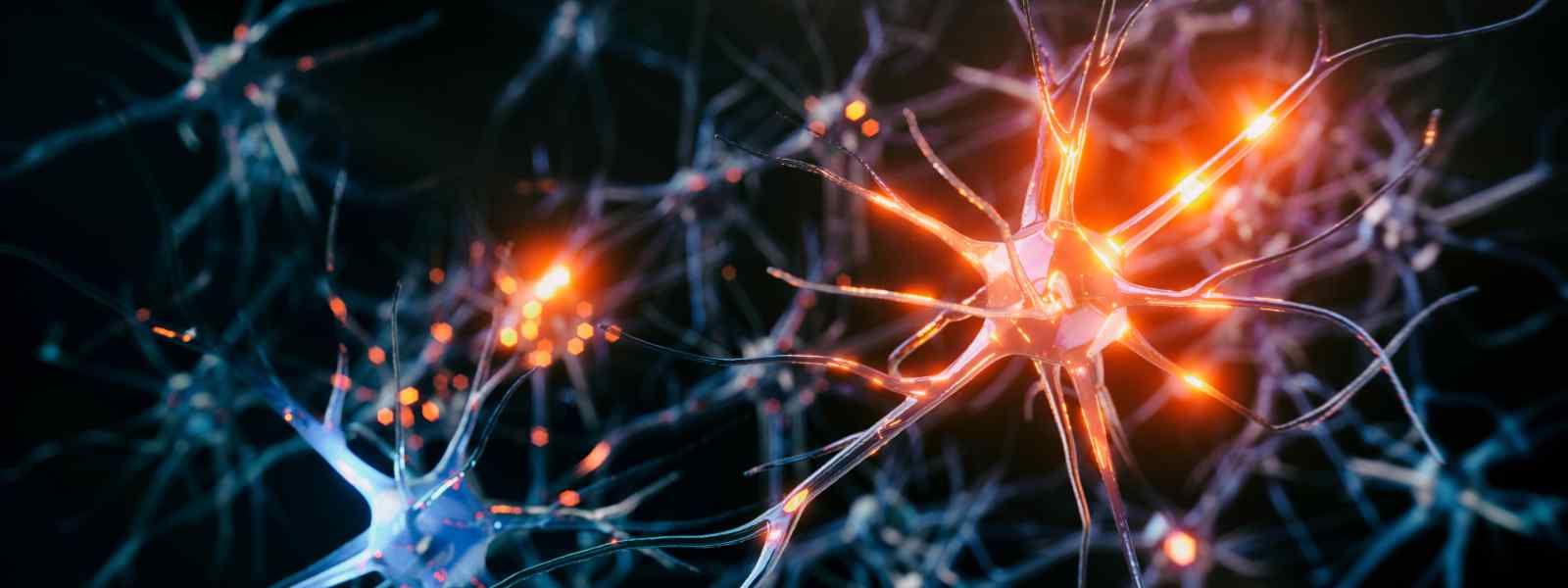
A new £5.6 million UK national centre is setting out to develop next-generation, energy-efficient computing inspired by the human brain.
The UK Multidisciplinary Centre for Neuromorphic Computing, funded by UK Research and Innovation (UKRI) through the Engineering and Physical Sciences Research Council (EPSRC), will support fundamental research and new technologies in neuromorphic systems – computing hardware and software that emulate the structure and efficiency of biological brains.
It will also seek to address the sustainability challenges facing today’s digital infrastructure and artificial intelligence systems.
Focal point
The University of Strathclyde will play a key role in the Centre, led by Professor Antonio Hurtado, UKRI Turing Artificial Intelligence Fellow in the Institute of Photonics (IoP), alongside co-investigators Dr Gaetano Di Caterina, director of the Neuromorphic Sensor Signal Processing Lab in the Electronic and Electrical Engineering Department, and Dr Javier Porte Parera, also from the IoP.
The Neuromorphic Photonics team at the IoP specialises in developing high-speed and low-power optoelectronic systems for novel paradigms in light-enabled, brain-inspired computing.
Professor Hurtado said: “We are delighted to be involved in this pioneering initiative to develop novel brain-inspired systems that will open up new computing possibilities while also contributing to tackle the soaring energy demands of today’s artificial intelligence.
This Neuromorphic Centre will serve as a focal point for innovation that brings us closer to computing systems with the efficiency and adaptability of the human brain.
The Centre is led by Aston University’s Institute of Photonic Technologies and will also involve researchers from the Universities of Oxford, Cambridge, Southampton, Queen Mary University of London and Loughborough.
Sustainable alternative
Neuromorphic computing offers a sustainable alternative to conventional high-power AI infrastructure, using novel materials, low-power algorithms, event-based sensing and photonic technologies to process information more efficiently and in parallel – much like the human brain, which operates complex tasks using only 20 watts.
The Centre will integrate breakthroughs in neuroscience, stem-cell-derived human neurons, and computational modelling with advanced hardware development. Researchers aim to co-design systems that are not only energy-efficient but also capable of handling demanding workloads in real time.
With support from major industrial partners including among others Microsoft Research, BT, Hewlett Packard Labs, Nokia Bell Labs, Leonardo UK, QinetiQ and Thales, the Centre will accelerate translation of fundamental research into societal and commercial impact.